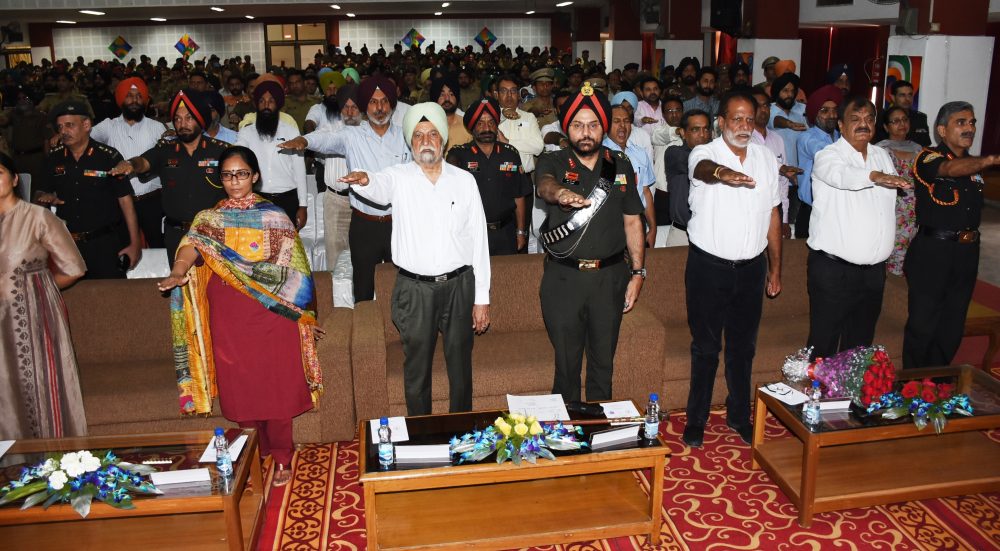Sir Tim Berners-Lee is a British computer scientist. He was born in London, and his parents were early computer scientists, working on one of the earliest computers.
Growing up, Sir Tim was interested in trains and had a model railway in his bedroom. Herecalls:
“I made some electronic gadgets to control the trains. Then I ended up getting more interested in electronics than trains. Later on, when I was in college I made a computer out of an old television set.”
After graduating from Oxford University, Berners-Lee became a software engineer atCERN, the large particle physics laboratory near Geneva, Switzerland. Scientists come from all over the world to use its accelerators, but Sir Tim noticed that they were having difficulty sharing information.
“In those days, there was different information on different computers, but you had to log on to different computers to get at it. Also, sometimes you had to learn a different program on each computer. Often it was just easier to go and ask people when they were having coffee…”, Tim says.
Tim thought he saw a way to solve this problem – one that he could see could also have much broader applications. Already, millions of computers were being connected together through the fast-developing internet and Berners-Lee realised they could share information by exploiting an emerging technology called hypertext.
In March 1989, Tim laid out his vision for what would become the web in a document called “Information Management: A Proposal”. Believe it or not, Tim’s initial proposal was not immediately accepted. In fact, his boss at the time, Mike Sendall, noted the words “Vague but exciting” on the cover. The web was never an official CERN project, but Mike managed to give Tim time to work on it in September 1990. He began work using a NeXT computer, one of Steve Jobs’ early products.
Tim also wrote the first web page editor/browser (“WorldWideWeb.app”) and the first web server (“httpd“). By the end of 1990, the first web page was served on the open internet, and in 1991, people outside of CERN were invited to join this new web community.
As the web began to grow, Tim realised that its true potential would only be unleashed if anyone, anywhere could use it without paying a fee or having to ask for permission.
He explains: “Had the technology been proprietary, and in my total control, it would probably not have taken off. You can’t propose that something be a universal space and at the same time keep control of it.”
So, Tim and others advocated to ensure that CERN would agree to make the underlying code available on a royalty-free basis, forever. This decision was announced in April 1993, and sparked a global wave of creativity, collaboration and innovation never seen before. In 2003, the companies developing new web standards committed to a Royalty Free Policy for their work. In 2014, the year we celebrated the web’s 25th birthday, almost two in five people around the world were using it.
Tim moved from CERN to the Massachusetts Institute of Technology in 1994 to found theWorld Wide Web Consortium (W3C), an international community devoted to developingopen web standards. He remains the Director of W3C to this day.
via: History web














